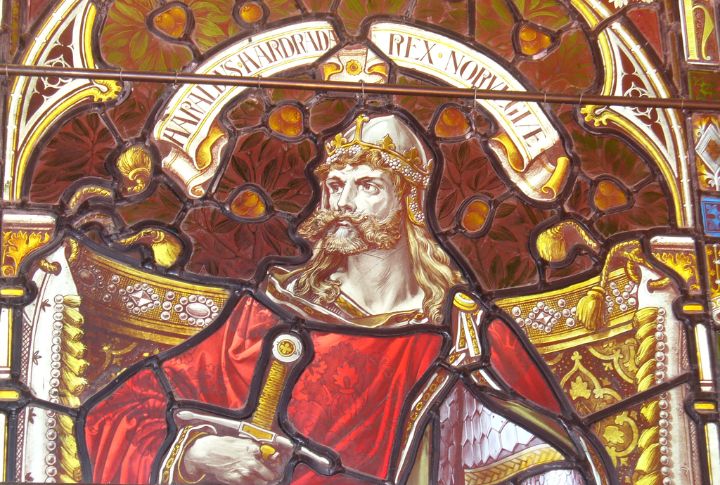
Vikings have been boxed into the role of marauders for centuries, but that image sells them short. They were traders, explorers, and inventors just as much as they were warriors. Their fingerprints are still on modern law and seafaring, and here’s what history class probably forgot to tell you.
Vikings Had Day Jobs
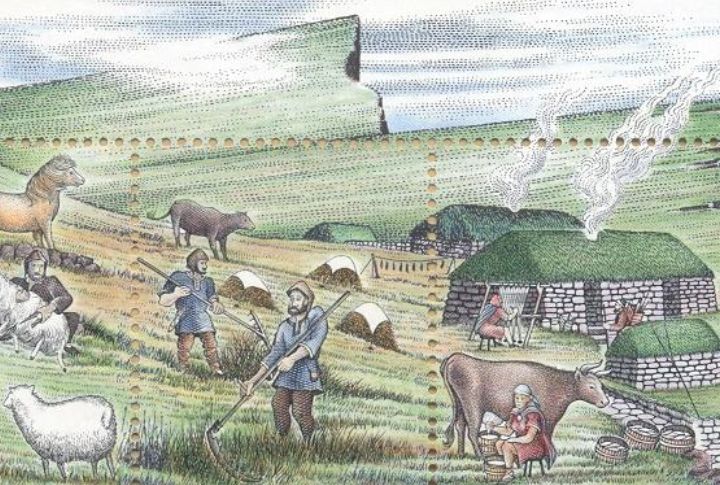
The romantic image of ax-wielding warriors overlooks reality. Most Vikings were farmers, herders, or craftsmen. Long before picking up arms, they built homes, wove textiles, and traded wares. Raiding was just one revenue stream; agriculture and trade built the backbone of Norse society.
They Were Masters Of Shipbuilding

A Viking longship wasn’t just slapped together in haste. Every plank overlapped meticulously, which improved flexibility without sacrificing speed. The Vikings ensured these vessels were light enough to carry across land yet sturdy enough to cross oceans. That’s how they planted their flag everywhere, from England to North America.
Horned Helmets Were Never A Thing

No Viking helmet with horns has ever been found in a grave or archaeological site. That image owes more to opera costumes than historical facts. Real Viking helmets prioritized survival—they were simple iron designs with nose guards, built to withstand blows and not to look intimidating on a stage.
Leif Erikson Beat Columbus

Nearly half a millennium before Columbus, Leif Erikson landed in Newfoundland. His crew set up camp at L’Anse aux Meadows, proof of Viking navigation chops. The settlement didn’t last, but it remains a reminder that the Vikings weren’t just plundering. They were expanding their world in ways rarely acknowledged.
Vikings Were Cleaner Than You’d Think
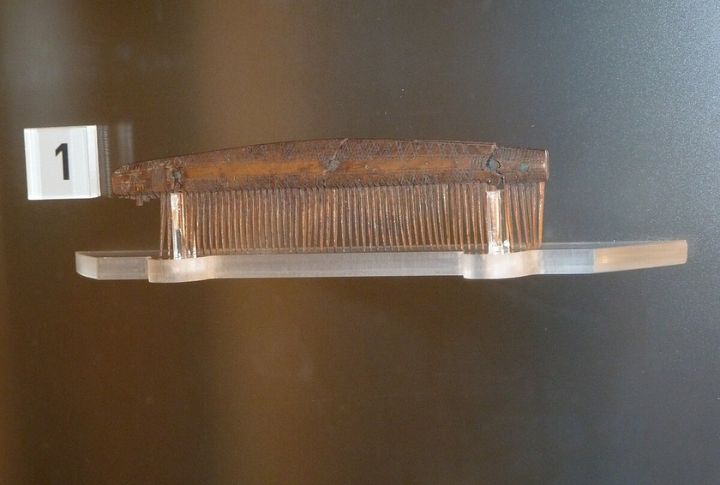
The stereotype of grimy Norsemen doesn’t hold up. Archeology backs this up. Some excavations included combs, razors, tweezers, and even ear cleaners. History supports that they bathed weekly, which made them unusually hygienic for their time. In fact, their neat appearance reportedly turned heads when they mingled in Anglo-Saxon courts and marketplaces.
Runes Weren’t Just For Writing
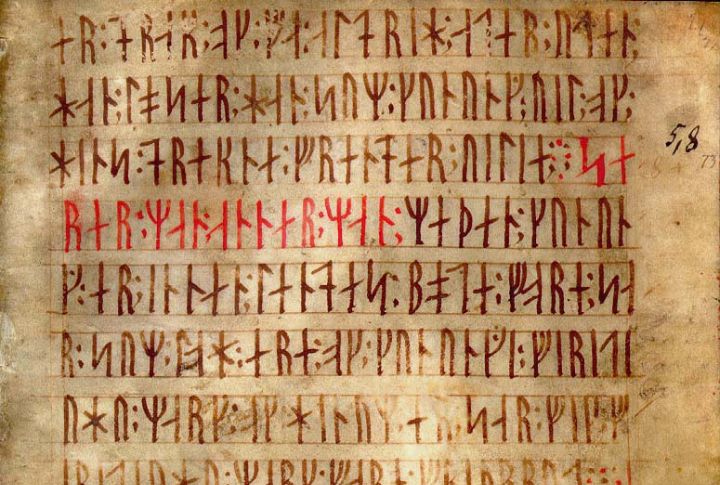
Runes carried more weight than mere letters. They were carefully carved into weapons and stones—often believed to hold magical properties. Traders used them to mark goods, warriors inscribed them for luck, and poets recorded stories. It was language blended with superstition and skill.
Shieldmaidens Actually Existed
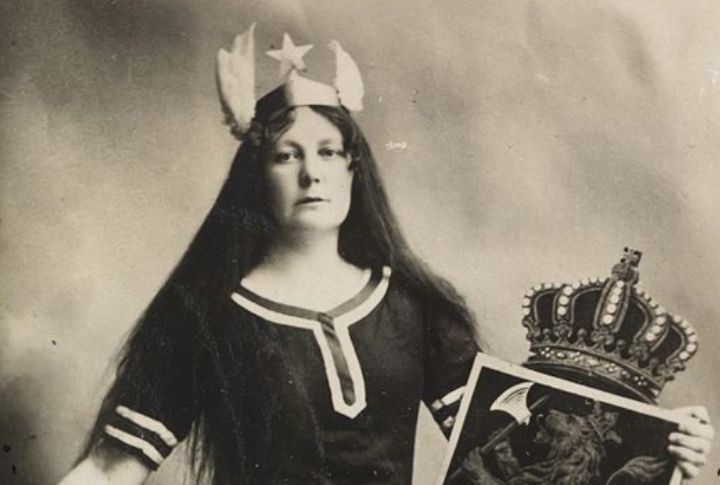
For years, shieldmaidens were thought to be pure saga fiction. But the 2017 discovery of a woman buried in full battle gear flipped that narrative. Viking society may have been more flexible than medieval norms allowed by leaving room for women who chose sword over spindle.
Norse Mythology Ruled Everything

Odin, Thor, Freyja—these weren’t distant gods; they shaped daily choices. Farmers prayed to Freyr for fertile crops, while warriors hoped for a place in Valhalla. Their cosmology colored every ritual and even dictated legal decisions, anchoring their worldview in myth.
Lindisfarne Changed Everything
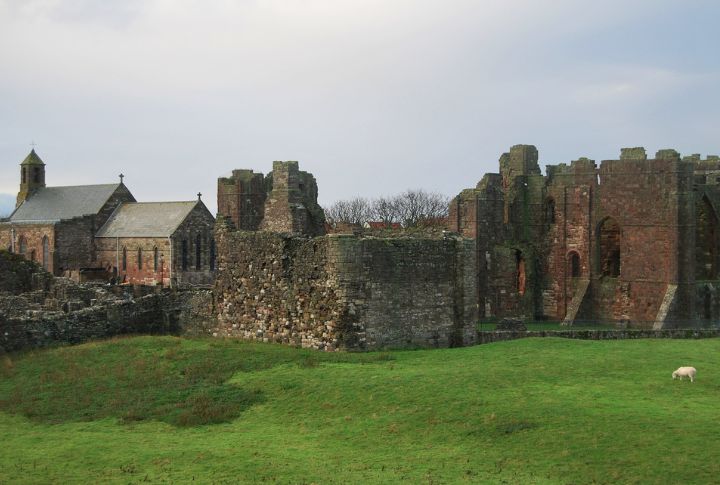
The Lindisfarne raid in 793 wasn’t the first Viking attack—but it shocked Europe to its core. Striking a Christian monastery sent a clear message: nowhere was safe. It marked the dawn of the Viking Age and cemented their reputation as an unstoppable force from the north.
Early Democracy Happened At The Thing
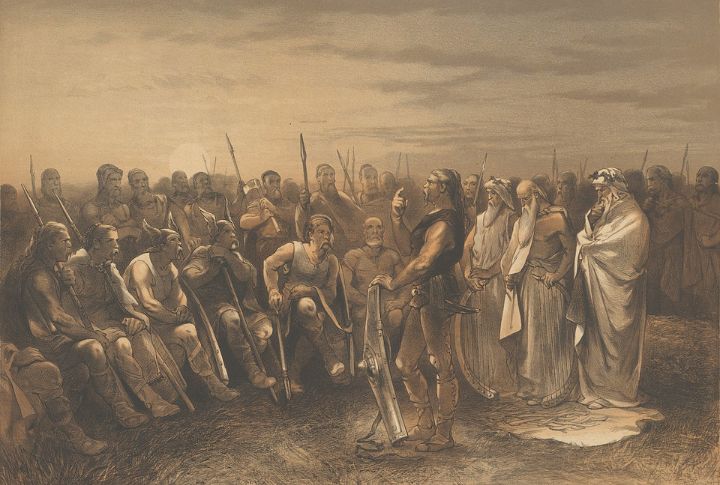
Before modern parliaments, Norse communities gathered at the Thing. This wasn’t optional. Free men hashed out disputes, voted on laws, and settled scores face-to-face. Power wasn’t centralized; it was argued over in the open air, shaping early democratic principles long before Europe caught up.
Viking Trade Reached Farther Than You’d Think

Silks from Constantinople, silver coins from Arabia, spices from the East—the Viking trade web spanned continents. They pillaged and exchanged goods across vast networks, adapting as merchants as quickly as they adapted as warriors. Their economy thrived on flexibility.
They Renamed Half Of Britain

York started out as Jorvik. Dublin came from Dyflin. Even the word “Thursday” hails from Thor’s Day. Norse settlers never stopped at raids since they left linguistic fingerprints across Britain and Ireland. Place names and days of the week still whisper Viking influence. Did you know that?
Burial Ships Were Reserved For The Elite

Not every Viking got the cinematic flaming-ship sendoff. Those elaborate burials—ships packed with weapons and sometimes sacrificed animals—were reserved for chieftains and the wealthy. Most Norse folk ended up in simple graves, but even those included grave goods to ease the afterlife journey.
Vikings Served In Byzantine Armies
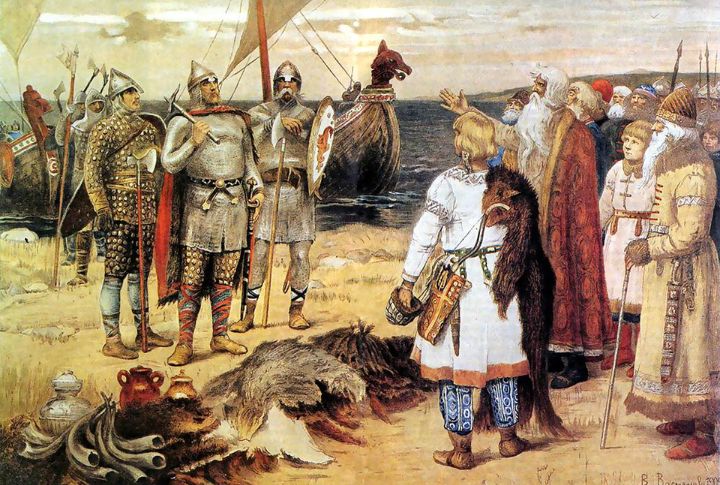
The Varangian Guard wasn’t some ragtag band but was an elite force of Norse warriors protecting the Byzantine emperor. They fought in Constantinople’s service, amassing wealth and prestige far from home. Viking adaptability turned them from northern raiders into palace defenders.
Viking Kids Grew Up Fast
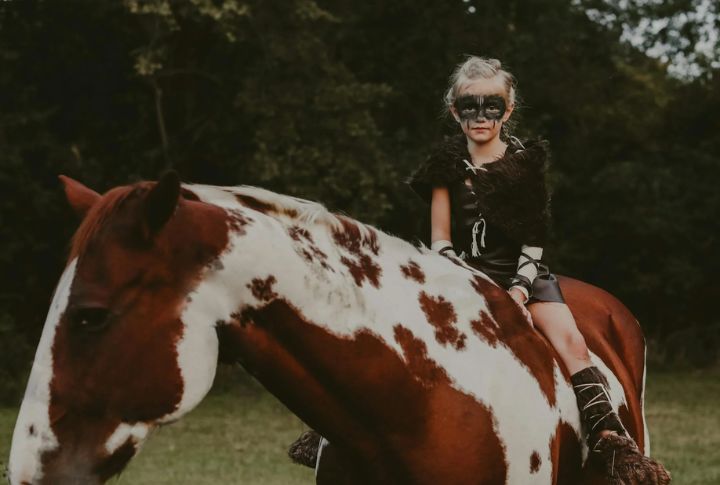
Childhood in Viking households was never easy or cushioned. Boys learned hunting and swordplay early; girls managed farms and crafted goods. By their teens, most contributed to the household economy or prepared for raids. Survival demanded skills, not leisurely adolescence.
Viking Justice Was Harsh But Structured
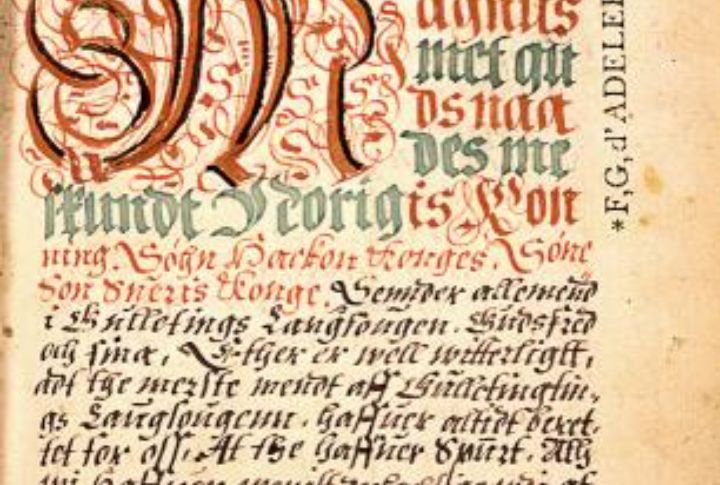
Viking laws were also strict. If you killed someone, you’d owe wergild (compensation) or risk outlawry. Theft, assault, and disputes all had established penalties, too. The Thing assemblies enforced these laws, blending fairness with unforgiving consequences.
Vikings Left Genetic Footprints

Modern DNA studies trace Viking ancestry throughout Britain, Ireland, and Russia. Their early settlements shaped the gene pool we see today. Migrations, marriages, traditions, and mingling left a biological legacy still detectable centuries later.
Berserkers Weren’t Just Stories
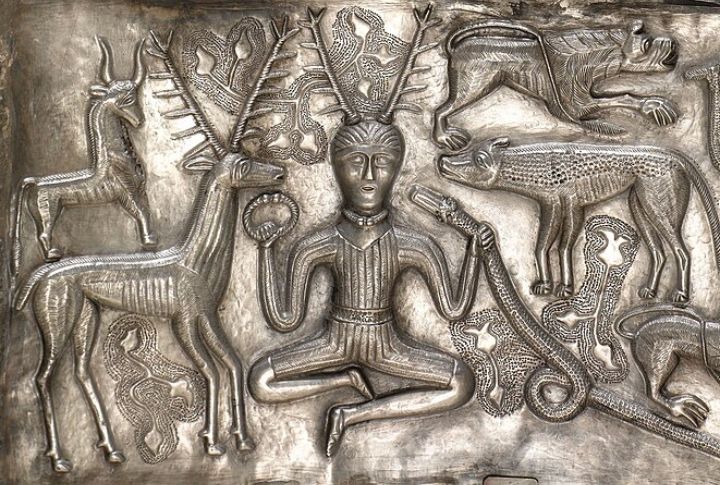
Animal pelts, trance-like states, unhinged aggression—berserkers fought like wild beasts. Some theories suggest psychoactive herbs or rituals fueled their frenzy. Whatever the method, facing one in battle was reportedly terrifying enough to turn the tide.
Board Games Were A Favorite Pastime
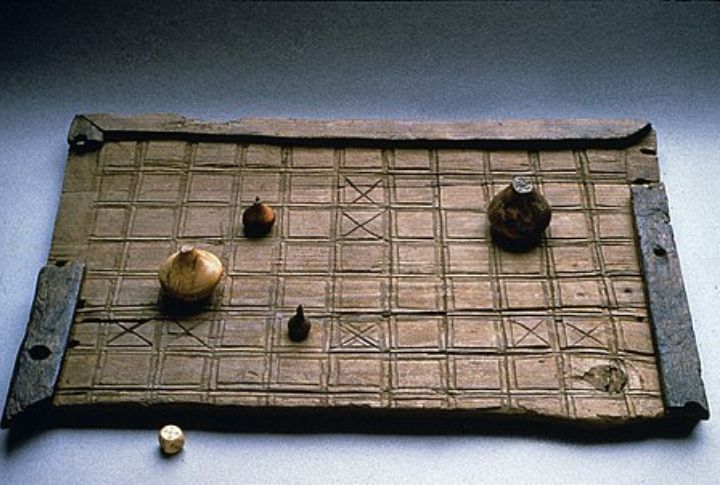
Between raids and trade routes, Vikings indulged in strategy games like Hnefatafl. Think about chess, but with asymmetric sides—a king’s forces surrounded by attackers. Boards and carved pieces have turned up in burial sites, proving warriors valued clever thinking off the battlefield, too.
The Last Viking King Went Out Swinging
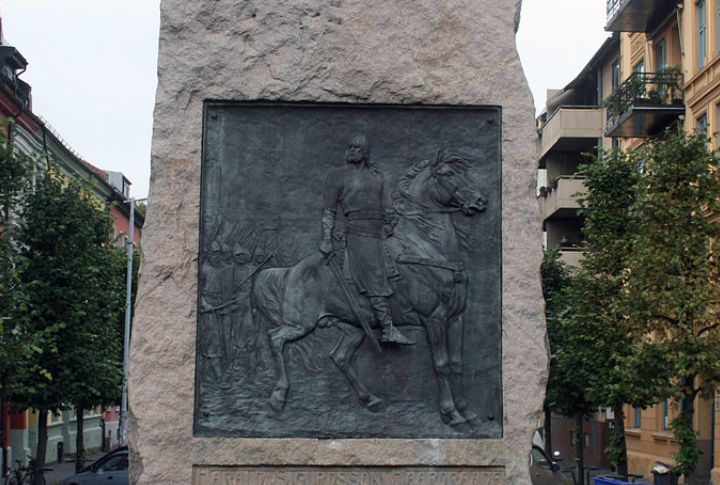
Harald Hardrada’s death at Stamford Bridge in 1066 closed the Viking Age. But even in defeat, he left a lasting mark. Ironically, weeks later, William the Conqueror (descended from Vikings) took England’s throne to prove Norse influence wasn’t going anywhere.

